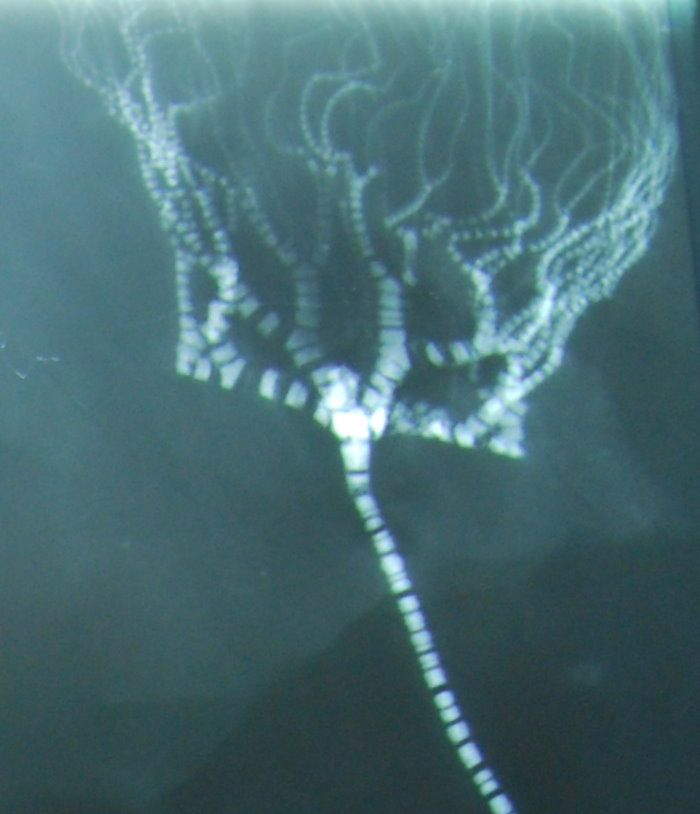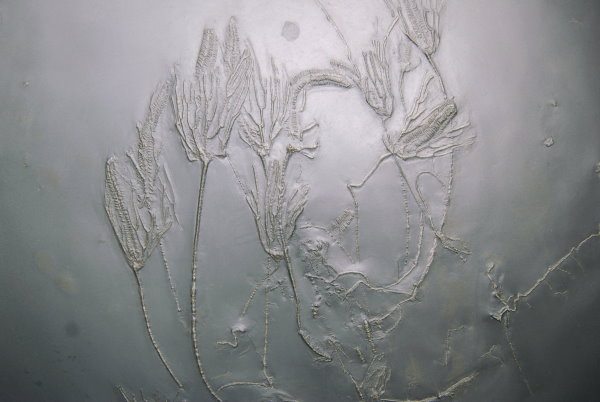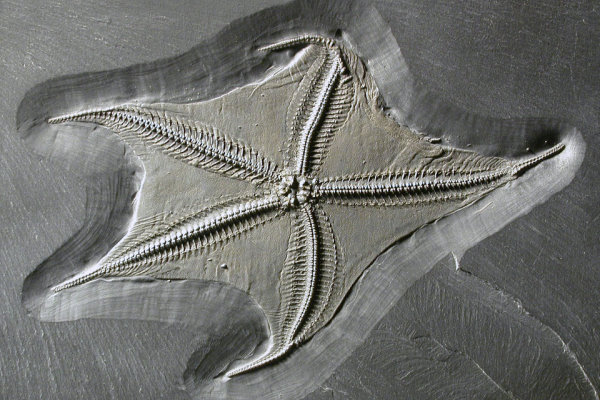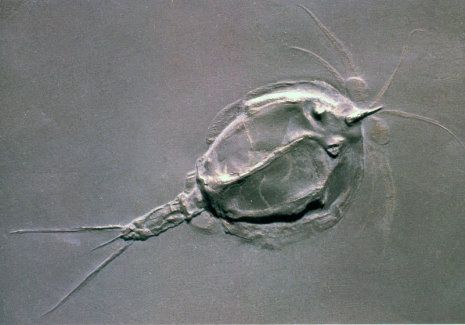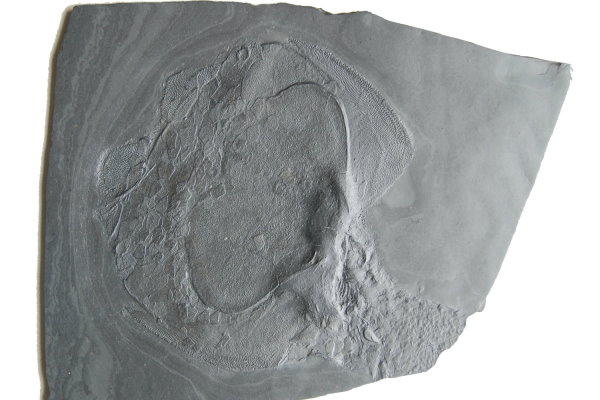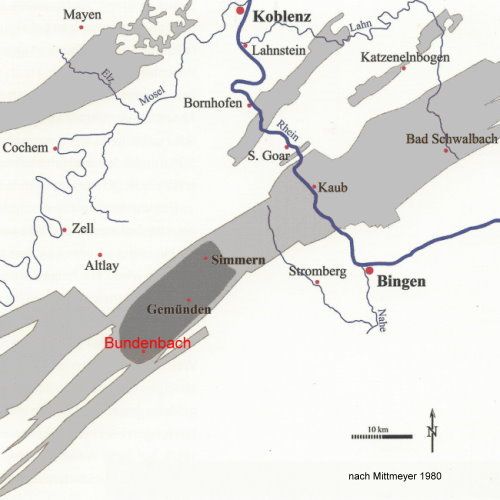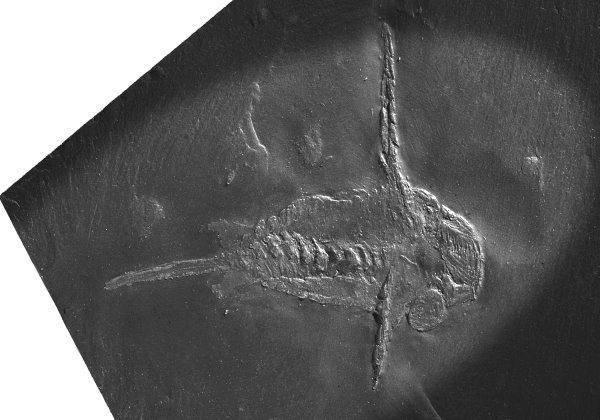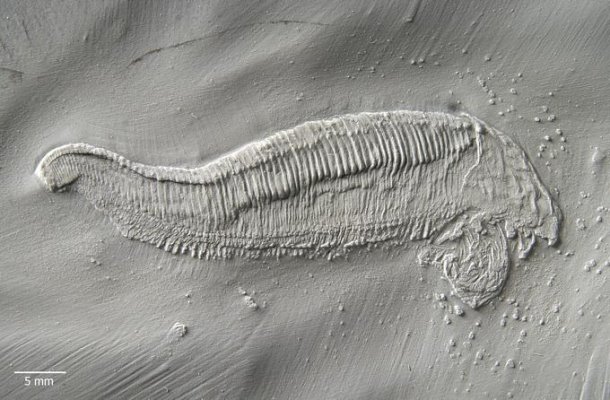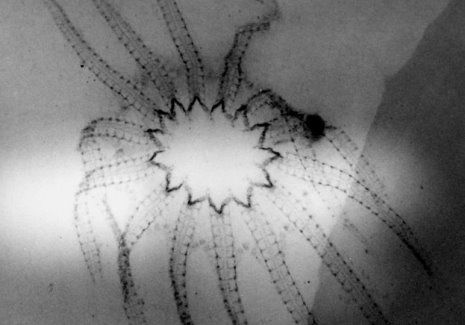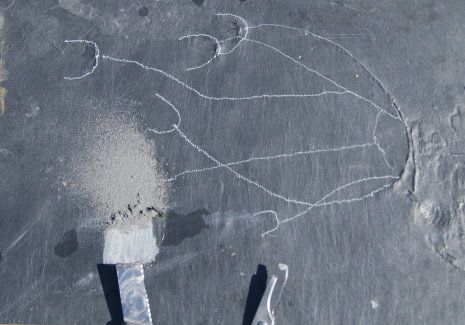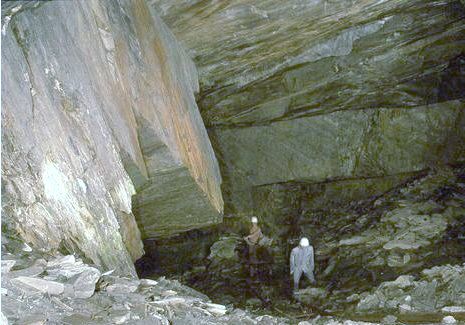The classic site Bundenbach in Southwest Germany, Hunsruck region, counting over 270 animal species is the most important fossil occurrence worldwide from the (Lower) Devonian period, around 400 million years ago.
The fossils owe the uniqueness of their preservation to special circumstances. The remains of organisms are often pyritized as a result of early diagnostic bacterial processes and, in addition to mechanical preparation, allow imaging using X-ray technology.
